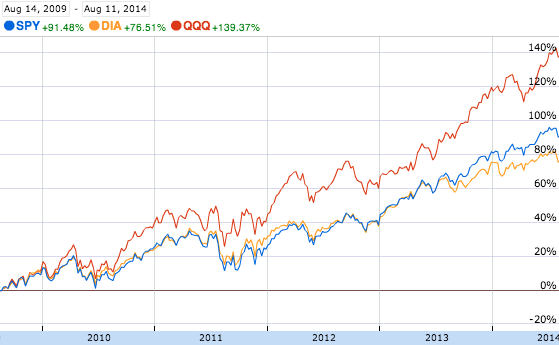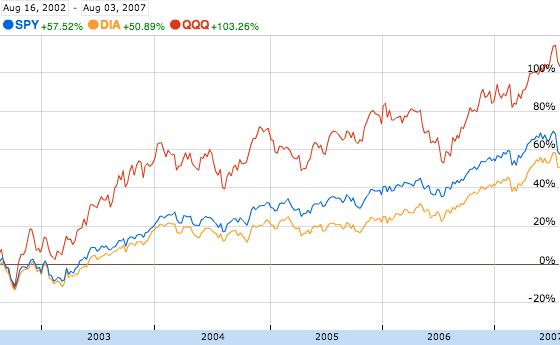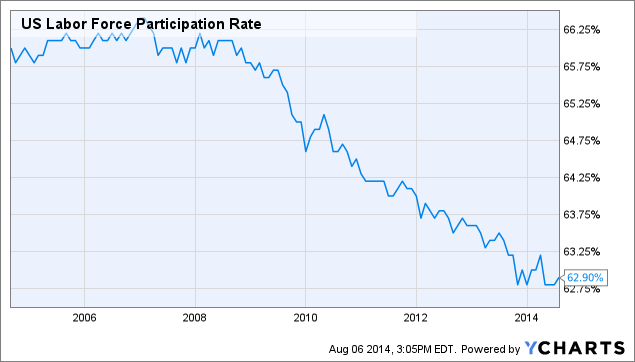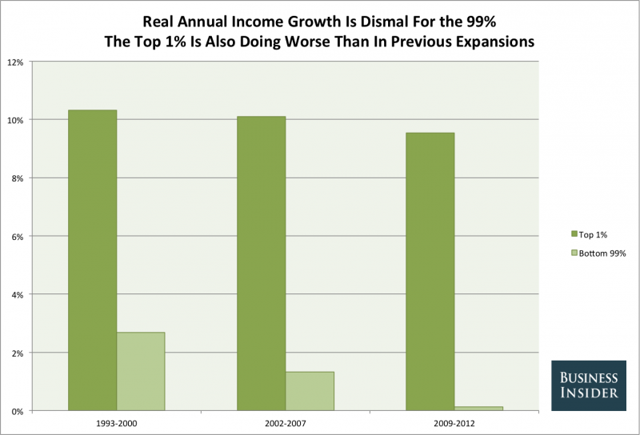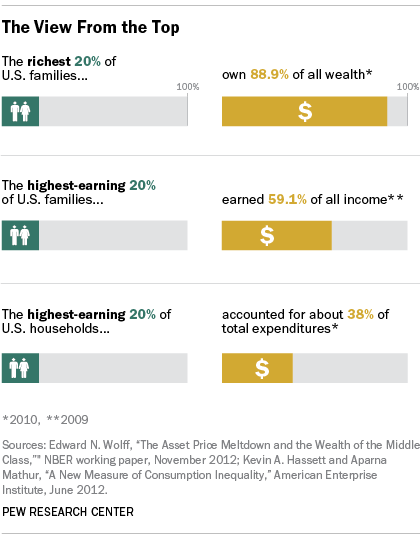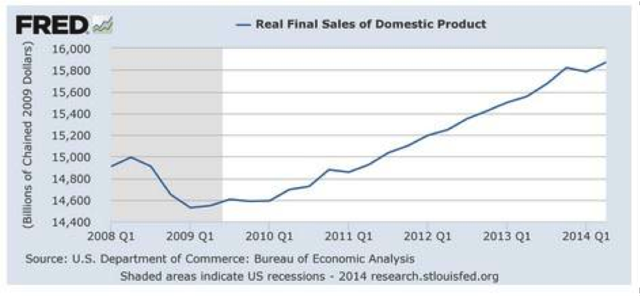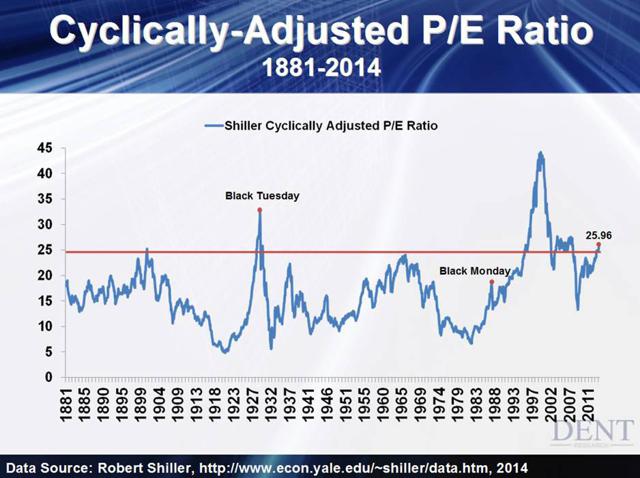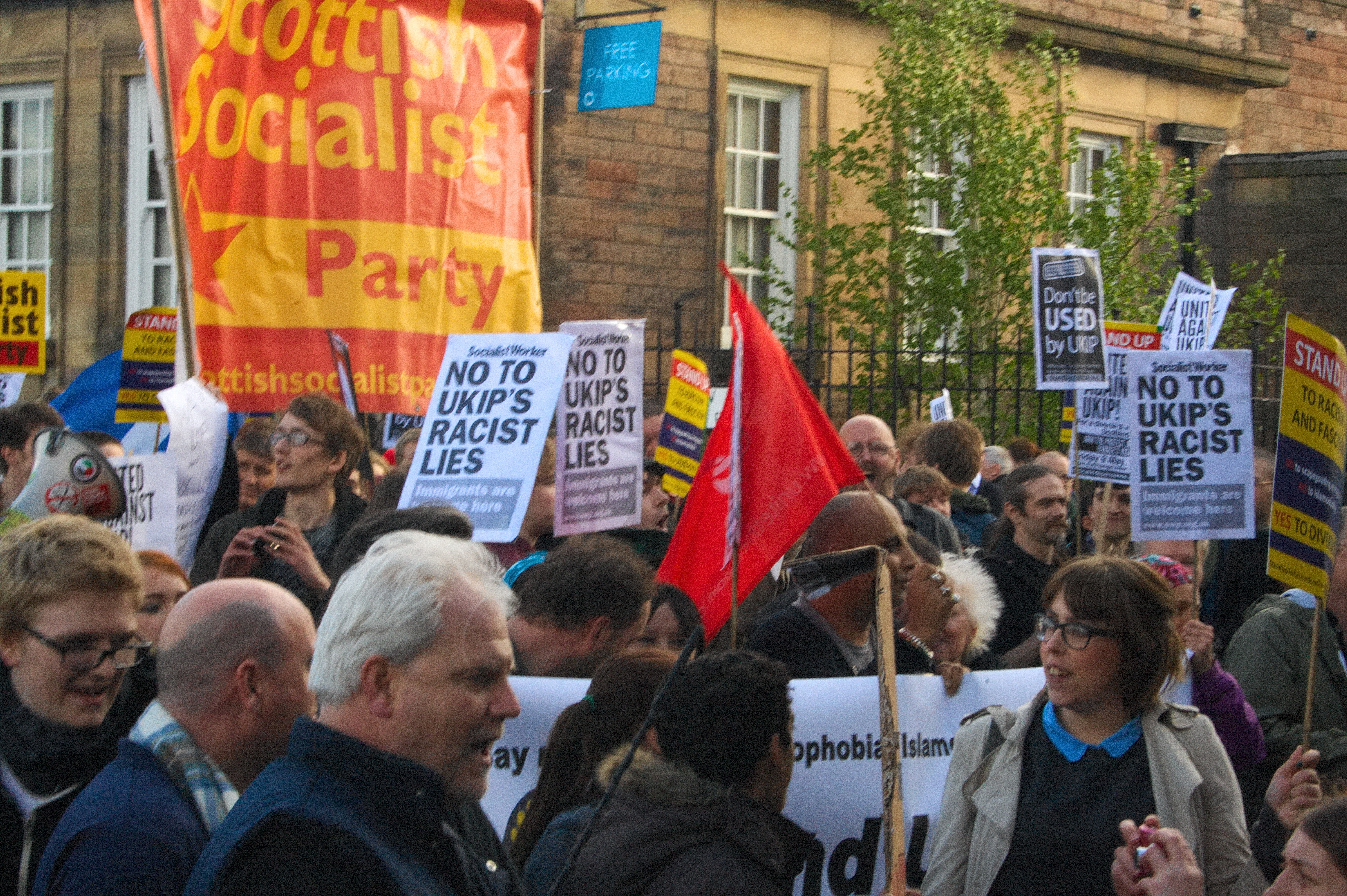by Peter Earle

Currency Reform In Ancient Rome
In the Western world, modern civilizations are often thought of in comparison to those of the ancient world. The Roman Empire is typically the first considered, and arguably the most natural reference point owing to its many achievements, complexity and durability. It stands in history, widely considered the high water mark of the ancient world; one against which contemporary political, economic and social questions can be posed. Much of the world is still living with the consequences of Roman policy choices in a very real sense, in matters ranging from the location of cities to commercial and legal practices to customs.
The global economic downturn of 2008, in particular its monetary facet, readily invites comparison between the troubles of the modern world and those of the Roman Empire; just as Western currencies have declined precipitously in value since their commodity backing was removed in stages starting roughly a century ago, Roman currencies were also troubled, and present a cautionary tale.
The Roman coin in use through most of the empire was the denarius, which demonstrated a persistent decline in value, starting from the time of transition from Republic to Empire, and continuing until its decimation during the Crisis of the Third Century AD. Although efforts by Diocletian taken after the monetary collapse are commonly associated with Roman economic reform, there were other efforts by earlier, lesser known emperors that suddenly and unexpectedly improved the silver content and value of the denarius. Firsthand accounts and archeological findings provide sufficient detail to allow examination of these short, if noteworthy, periods of voluntary restorative policies – and their architects.
While popular interest typically fixes on such well known emperors as Julius Caesar, Nero, and Augustus, I seek to direct attention toward four lesser known emperors who undertook the improvement of the denarius. These initiatives essentially constitute rare, temporary episodes of qualitative tightening, in contrast to the more common – and, in recent history, ubiquitous – policy of quantitative easing. The reformers were Domitian, Pertinax, Macrinus, and Severus Alexander. A necessarily concise summary of each one’s initiatives follows, with a brief review of the circumstances surrounding their administration and decisions.
Domitian (September 81 AD – September 96 AD)
The first noteworthy Roman currency reformer was Domitian, son of Vespasian and brother of Titus. He ascended in 81 AD, inheriting the problems associated with his forbear’s costly projects. Vespasian had undertaken large scale construction projects he thought necessary to repair the damage to many structures during the civil wars that raged throughout the late Republic. In addition, he paid lofty financial incentives to regime-supporting historical writers and awarded pensions of up to 1,000 gold coins annually to a coterie of court intellectuals. Titus, his son and successor, was known for the initiation of lavish and elaborate games as well as for recompensing individuals struck by unexpected natural disasters, including the eruption of the volcano Vesuvius, the Great Fire of Rome, and those affected by the outbreak of war in Britannia. Together, Titus and Vespasian committed vast resources to the construction of the Coliseum; and, consequently, during the 12 years of their emperorship, the silver content of the denarius was reduced from roughly 94% to 90% purity.
Despite that precedent, “Domitian was apparently very sensitive to the importance of capital and the benefits of stability derived from a credible and dependable money supply.”[1] Thus early in his reign, in a “dramatic and entirely unexpected” move that coincided with the end of hostilities in Britain and Chatti (Germany), he fired the Empire’s financial secretary. Historians speculate that this was either because the secretary considered Domitian’s plans to improve the currency quality “unwise” or because he’d allowed such “slackness to permeate the mint” in the first place.[2] Shortly thereafter, “in 82 – 84 AD Domitian improved the silver standard, and older coins averaging 88 to 92 percent silver were reminted into purer denarii (98 percent fine)”.[3]
However, Domitian’s currency improvement effort was short-lived due to renewed foreign warfare. Between 85 and 89, fighting in Africa, Dacia (Eastern Europe), and Chatti again broke out, such that the “purer coins had scarcely entered the marketplace when [he], in mid-85, pressed for money to pay war bills, again changed the standard, reducing it to 93 percent fine”.[4]
Domitian’s reign eventually devolved into tyranny and massive building projects echoing those of his brother and father, and culminated in a wealth confiscation edict so brutal that “it [became] fatal at th[e] time … to own a spacious house or an attractive property”.[5] In 96 AD, he was assassinated.
Pertinax (January 193 AD – March 193 AD)
For nearly a century after Domitian’s fall, the debasement of the denarius continued apace, and by 148 AD devaluations became ritually associated not only with the start of wars and public projects but with inaugural events and holidays as well.[6]
At the beginning of Domitian’s reign, money supply was 60% of what it had been in 40 [AD], and about 70% of this level at the end of his reign, a range maintained throughout the reigns of the Antonines, until, under Commodus, money supply reached 700-800% above [that] initial level.[7]
Commodus, whose twelve year regime saw among other things the re-introduction of Plebian Games – a pricey, nearly month-long festival of religion, art and sports – and an incredible expenditure of state funds in a massive, megalomaniacal campaign of self-indulgent iconography, was succeeded by Pertinax – a man of “propriety [and] economy” – whose 86-day rule starkly depicts the considerable risk that currency reformers undertook – and perhaps still do.
[O]n the day of his accession, he resigned over to his wife and son his whole private fortune, that they might have no pretense to solicit favors at the expense of the state. He refused to flatter the former with the title of Augusta, or to corrupt the inexperienced youth … by the rank of Caesar … g[iving] him no assured prospect of the throne[.][8]
In addition,
[h]e forbad his name to be inscribed on any part of the imperial domains, insisting that they belonged not to him, but to the public. He melted the silver statues which had been raised to Commodus … s[elling] all his concubines, horses, arms, and other instruments of pleasure. With the money thus raised, he abolished all the taxes which Commodus had imposed.[9]
On the heels of that, Pertinax “carried out an extraordinary … coinage reform that returned the denarius to the standard of Vespasian.”[10] It revalued the denarius from 74 to 87% silver by weight on new coins, several mintings of which were emblazoned with the motto “MENTI LAVDANDAE” (“noteworthy good sense”), and most significantly featured not his or another emperor’s visage but Ops, the Roman personification of wealth. In addition to this, Pertinax simultaneously embarked upon a fiscal rehabilitation program, the centerpiece of which were large budget cuts targeting the Roman military; he began by cancelling the customary bonus paid to soldiers by newly-seated emperors.
In a remarkably short of time, Pertinax gained “the love and esteem of his people.”[11] But his cuts to the military were deep and far reaching, and his urge to settle disputes with enemies rather than fight them out enraged the soldiery. “A hasty zeal to reform the corrupted state … proved fatal” for him. [12]. On the 86th day of his rule, his personal guard betrayed him and mutinied, gathering at the imperial domicile. Though other guards urged him to safety, “instead of flying, he boldly addressed them” – and fell beneath their swords.[13] Rome’s “Age of Inflation” had thus begun.
Macrinus (April 217AD – June 218AD)
Gibbons describes Caracalla, who ruled for 19 years, as “the common enemy of mankind” for the incredible number of massacres and persecutions, as well as economic destruction, which occurred during his tenure.[14] He devalued the denarii from 1.81 grams of silver to 1.66 and introduced a new coin, the antoninianus: ostensibly a “double denarius” but actually weighing 2.6 grams of silver instead of the implied 3.3 grams. Additionally, he increased tax revenue by making all freemen in the Empire citizens and commissioned the construction of a number of massive, exorbitant bathhouses. And, most unsurprisingly, he raised the pay of the military, granted them new and expanded benefits, and launched a war against the Parthian Empire.
Macrinus, a member of Caracalla’s staff, became emperor after his assassination – to which, by some accounts, he was a co-conspirator. From the start, he made clear his concern with “prioritiz[ing] public faith over the generation of a sufficient amount of cash” for the Roman state.[15] During his short reign, he made the conscious choice to raise the purity rate of silver from Caracalla’s debased 1.66 grams of silver to above the level extant when Caracalla was installed – 1.82 grams – and demonstrated an inclination toward diplomacy versus combat. When the Persians challenged the Roman army, Macrinus “tried to make peace with the Persian king” and “s[ent] back [their] prisoners of war voluntarily.”[16] Consequently, he incurred the resentment of soldiers and further enraged them by introducing a pay system which paid them according to their rank and time-in-service.
In summary,
[t]he increased silver content was clearly beneficial for the state, as it would instill more confidence among its recipients and presumably still inflation … [but] the major problem, of course, was Macrinus’ attempt at military reform … [T]he army would not stand for a curtailment of privileges, even among new recruits. So while Macrinus’ plan was … fiscal responsibility in the state, the strength of the army was too great to allow for it … [and] paved the way for Macrinus’ downfall.[17]
Dissent soon erupted within the ranks and military forces, in a coup, elevated 15-year-old Elagabalus as the new emperor; a battle ensued between Elagabalus supporters and Macrinus loyalists. Macrinus’ forces were routed, and he was captured and executed.
Severus Alexander (March 222AD – March 235AD)
The new Emperor Elagabalus presided until his 18th birthday, profoundly debasing the denarius and squandering monstrous sums from the public treasury. “No fouler…monster” wrote the poet Ausonius, “ever filled the imperial throne of Rome”.[18] After his assassination, his cousin Severus Alexander rose to power. And
[b]y the time that Alexander ascended the throne the question of the coinage, long acute, had become critical. Looking backwards one may see two centuries of fraud that the debasement of money had gradually but surely proceeded; in the future something little short of national bankruptcy awaited the Roman world unless measures were forthwith adopted to ward off [that] evil day.[19]
Yet in a different strategy from Domitian’s, Alexander initially reduced the silver content of the denarius from 1.41 grams to 1.30 grams, and some years later not only raised it back to the old standard, but far beyond that to 1.50 grams; a quality it had not seen in decades. He
restored the tarnished reputation of imperial money by improving the denarius and striking the first substantial numbers of brass sestertii and copper assees in a generation … they were well-engraved, struck on flans of traditional size and weight, and, as money, the equal of their more elegant ancestors.[20]
He reduced taxes and attempted through various means to end the “singular system of annihilating capital and ruining agriculture and industry [which] was so deeply rooted in the Roman administration”.[21] At the same time, though, he subsidized literature, art and science and socialized education.
When invaders from Gaul threatened the Empire, Severus Alexander attempted to buy them off rather than engage in a pitched, costly battle. This, once again, angered the legionnaires, who elevated General Maximinus as the new emperor. The military rebelled and, like Pertinax and Macrinus before him, Alexander Severus was executed.
Over the next three years, Maximinus doubled soldiers’ pay and waged nearly continual warfare. Taxes were raised, with tax-collectors empowered to commit acts of violence against delinquent or reluctant payers, as well as to summarily confiscate property for citizens in arrears.
Over the next five decades,
[e]mperors … debased the silver currency and raised taxes during what they perceived to be a temporary crisis, expecting windfalls of specie from victory, but war had changed from profitable conquest to a grim defense … The Roman world was treated to the spectacle of imperial mints annually churning out hundreds of millions of silver-clad antoninaniani by recycling coins but a few years old [which] removed older coins from circulation and destroyed public confidence in imperial moneys.[22]
Characteristic of all monetary collapses, as the denarius rapidly withered into a billon trinket Roman citizens developed odd, if essential, skills – the most noteworthy of which were extracting the thin silver coating from otherwise worthless coins and fluency in the social language of monetary failure: barter.
Epilogue
Comparing modern challenges and policy responses to those of remote times is an attractive but precarious enterprise: every generation, let alone culture and era, breathes a unique psychological oxygen. Nevertheless, in this case the exercise yields several potentially valuable insights.
First, what can we say about the reformers? Why did select figures, in an era admitting no formal economic theories and within which the interaction of supply and demand was attributed to superstitious causes or conspiracies, occasionally shore up their currency?
It is notable that all of the reform-minded emperors possessed germane backgrounds and experience: where the majority of Roman emperors had pre-ascension careers in politics or the military, Domitian grew up in a family known for banking; and despite the inglorious end of his incumbency (when maintaining power came to trump sense and experience) his initial
concern with finance, with a stable currency, and an awareness of reciprocity in business and trade dealings as demonstrated in instruments such as his Vine Edict, reflect his continuation of a tradition of financial sensibility, more in keeping with a business house, than with the traditions of [elites] valued by Senators and expected of Emperors.[23]
Most fascinatingly,
[w]hile still a Caesar, Domitian had published a work on coinage … which Pliny the Elder … had cited as a source.[24]
Macrinus was the first non-senatorial emperor, and had years of both financial training and experience; he served as the administrator of the massive Flaminian Road project. Later in his pre-political career, he was personally selected to manage the personal wealth of the imperial family under the emperors Caracalla and Geta. Pertinax had spent years in business as well as teaching, and his time as a merchant led him to the belief that “[e]conomy and industry … [were] the pure and genuine sources of wealth”[25]
Alexander Severus became emperor at 13. It is difficult to hypothesize as to what may have led him to enhance the denarii – and so strongly – but one may speculate that his closest advisors, his mother and grandmother, drew from years of experience in Roman booms and busts.
One also notes that each of the reformers came after particularly egregious debasers: Domitian after Vespasian and Titus; Pertinax after Commodus; Macrinus after Caracalla; and Severus Alexander after Elagabalus. It seems as if each deduced the connection between his predecessor’s profligate monetary (and, indeed, fiscal) policies and the consequent economic crisis, choosing to reverse the afflux.
Summarizing Macrinus’ efforts, but no doubt broadly applicable, is this synopsis:
The exact motivation … for coinage reform [efforts in the Roman Empire] is in general a little hazy … attempts at reforming the coinage standards could reflect the distrust that the … population had for the imperial currency … [a]nother possibility is that [the reformers] wanted to fit into a monetary tradition that was considered responsible … [or] felt a desire to distance themsel[ves] from the policies of [their] predecessor[s] … [as many] were a simple overturning of [prior emperors] destructive economic measures.[26]
In consummation, were these episodes in qualitative tightening successful? Obviously, brief respites in the systematic debasement of the denarius delayed the eventual, yet perhaps inevitable, monetary emergency. More analytically, though, one hint lies in the architectural analysis of lost, donated, and hoarded coins, in that
coins lost casually on sites are equivalent to small change lost today [in that] more were lost as their numbers mounted and purchasing value plunged due to debasements … [C]asual losses and hoards, then, can document shifts in patterns of circulation both within and beyond imperial frontiers.[27]
The number and constitution of coin hoards reveal the public propensity to forestall consumption (“saving”, in familiar parlance) or represent financial reserves hidden out of fear of future devaluations; in any event, they imply which coins were highly valued. Patterns of similar coins lost or donated, oppositely, suggest which in circulation were valued appreciably less. While both Pertinax and Macrinus ruled briefly, and their programs were quickly reversed by their successors, under both Domitian and Severus Alexander (who ruled for 15 and 13 years, respectively) the number of discovered, archeologically-dated coin hoards skyrocketed over those dated to their immediate predecessors: from 3 to 10 and 7 to 18; again, respectively. Similarly, coins of reduced quality are found with higher frequency at ritual offering sites (e.g., temples) and where losses were common (e.g., river crossing sites) than those of contemporary circulating issues with higher purity.[28]
But the most forbidding commonality is the thread of continuity running through the fates of the monetary reformers:
Emperors who improved the purity of the denarius, [notably] Pertinax in 193 [and] Macrinus in 217 … found themselves outbid for the loyalties of the army, and … went down in ignominious defeat.[29]
And so we return to the present day. Owing to the deep entrenchment of government in daily life and, consequently, the politically incendiary nature of entitlements, attempts to underpin the value of any currency with a commodity is likely to be met with considerable resistance from the diffuse and deep-seated institutions and social groups benefitting from fiat currency systems. And yet, for the first time in well over a century, the issue of what actually backs state-issued money has resurfaced as a political issue. Precious metals are seeing their greatest popular resurgence in decades, as, in tandem, interest in and usage of Bitcoin and other cryptocurrencies – precisely because of their irreproducibility and the consequent quantitative limitations – expands rapidly. This, perhaps, hints at a burgeoning shift in public awareness and sentiment, which may eventually translate to political pressure for a return to sound money, but real progress will likely be an uphill battle – with bouts of ‘sticker shock’ along the way. As historian William Warren Carlise wrote,
[a]ll through history we find that it is the reform, the return to sound money rather than the depreciation itself that first rouses popular discontent. It is only when the mass of the people learns that depreciations must be followed sooner or later by such remedies that they begin to entertain a salutary dread with regard to them.[30]
Perhaps the best conclusion that can be drawn from examining these instances is that in response to the familiar rhetorical query – “Are we going the way of the Romans?” – one can reply, truthfully: “No; they occasionally reformed their currency.”
See the original article >>




